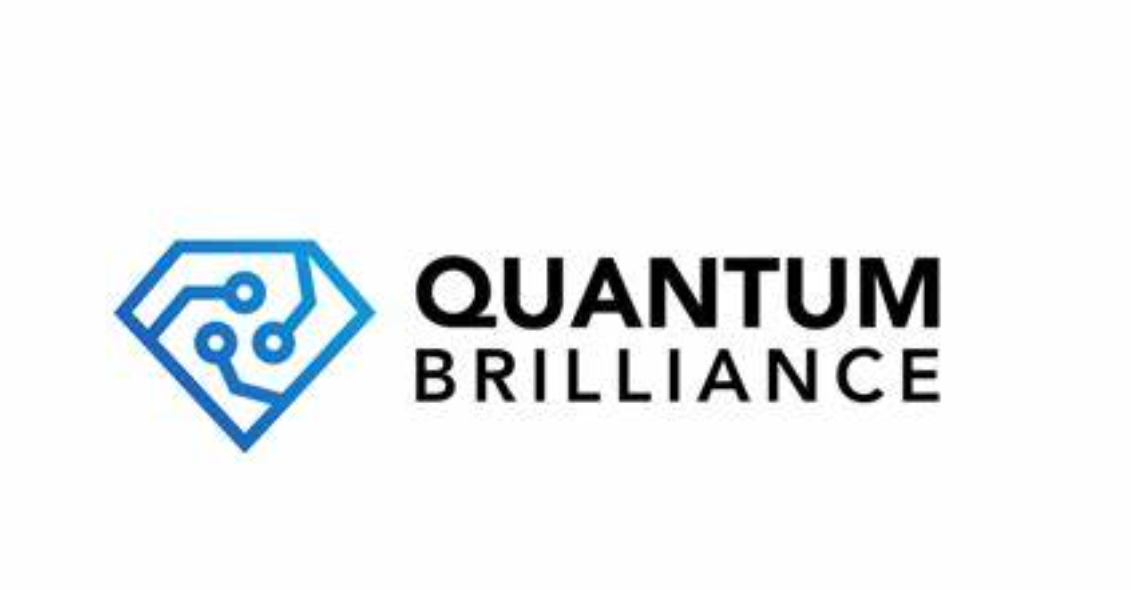Insider Brief
- Quantum Brilliance is using synthetic diamonds in their approach to quantum computing, creating energy-efficient, miniaturized systems that don’t require extreme cooling.
- Their quantum computers are highly versatile, capable of operating in diverse environments, and can be as small as a lunchbox, consuming just 400 watts of power.
- The company is focused on scalable, mass-producible quantum technology for widespread use, positioning itself as a leader in the future of quantum computing across industries.
Quantum Brilliance is using synthetic diamonds to revolutionize quantum computing, offering a miniaturized and energy-efficient alternative to traditional quantum systems, according to a recent interview with the CEO of the quantum startup. The company, spun out from the Australian National University, is rapidly growing and leading the charge in this cutting-edge field.
“Quantum Brilliance is a diamond quantum technology company,” said CEO Mark Luo, as he spoke about the unique approach his company is taking in an interview this month.
Unlike other quantum computing companies that rely on massive fridges and high-power lasers to maintain quantum states, Quantum Brilliance leverages the natural properties of synthetic diamonds.

“Diamond is a very rigid material, so that quantum bit stays there without needing large fridges, high-power lasers, or vacuum systems,” Luo explained. This allows for quantum computers that can be deployed in diverse environments — from satellites to submarines — and are much more versatile than the traditional systems that require extreme cooling.
Luo spoke with enthusiasm about the potential applications of their technology, from supercomputers to advanced sensing technologies.
“Quantum bits allow for superdense information encoding,” he said, noting that even small numbers of quantum bits can outperform today’s most powerful classical computers. Quantum Brilliance’s synthetic diamond approach enables quantum computing to be used in everyday situations, marking a significant step forward in the field.
One of the company’s most notable advantages is the incredible miniaturization it enables.
“You can get quantum computers down to the size of a lunchbox,” Luo said. This level of portability opens up unprecedented opportunities for deploying quantum computing in various industries. Moreover, the technology is remarkably energy efficient. “For our quantum computers that we’ve actually installed on client premises, it’s only consuming about 400 watts,” he added, which underscores the low power requirements of their systems.
Luo also pointed out the scalability of the company’s synthetic diamond quantum computers.
“Mass production and low energy consumption are key advantages,” he said, adding that their solution is not only efficient but also mass-producible, making it accessible for widespread use. This is particularly important as the world looks for ways to integrate advanced technology while maintaining sustainability.
As for the future, Luo is optimistic about the company’s direction.
“Quantum Brilliance is enabling mass-deployable quantum technology anywhere, everywhere, in all types of environments,” he stated. The company’s ability to scale and adapt its technology for diverse applications is what sets it apart in the rapidly evolving quantum computing landscape.
With the commercial potential of quantum computing estimated in the billions, Quantum Brilliance is positioning itself as a leader in the next wave of technological innovation. Luo’s vision for the future of quantum computing, powered by diamonds, is one that promises to reshape industries and revolutionize the way we think about computation and sensing.


















